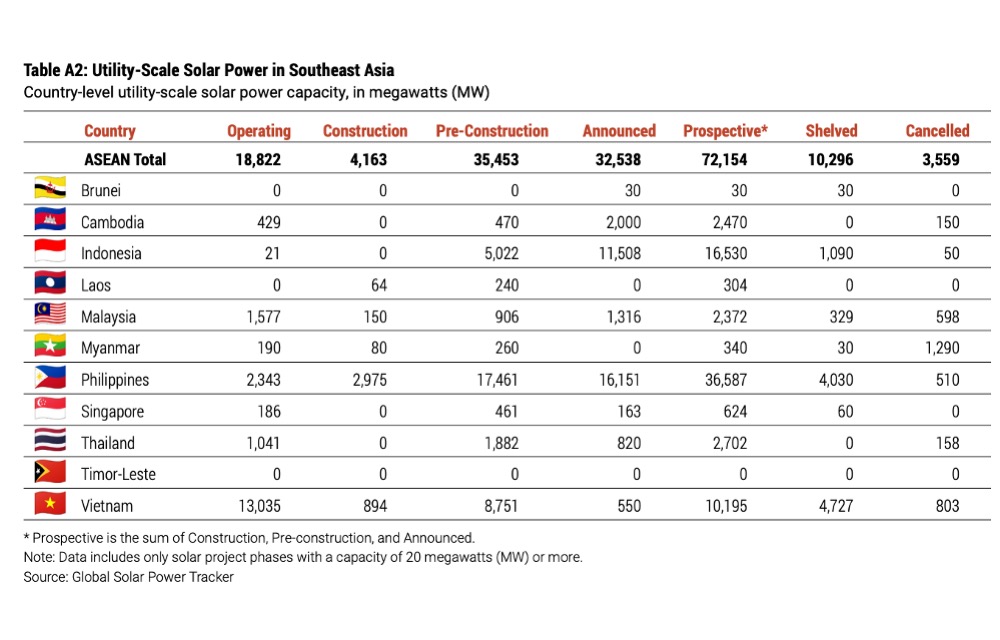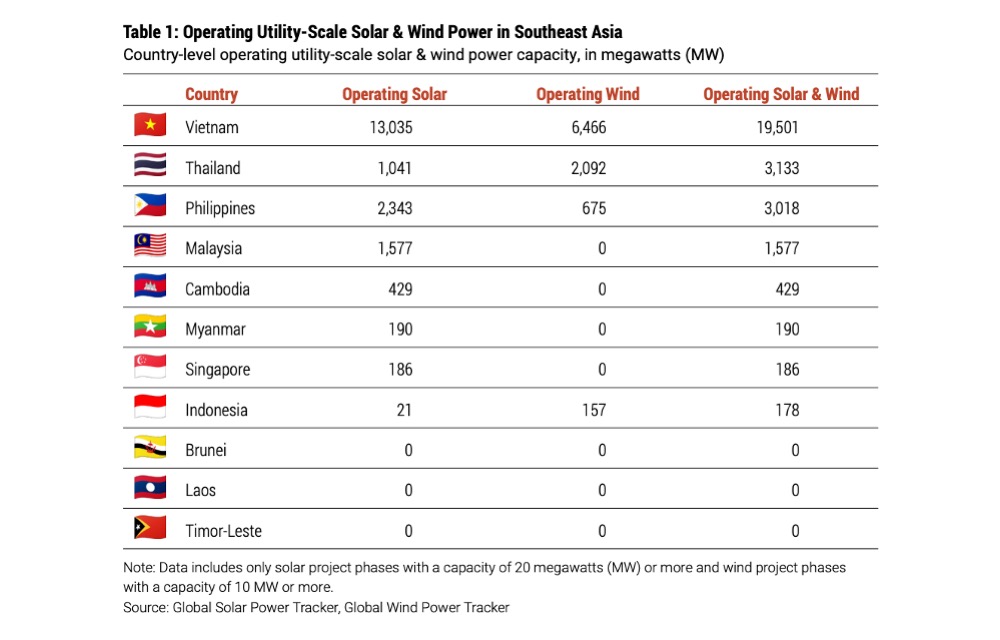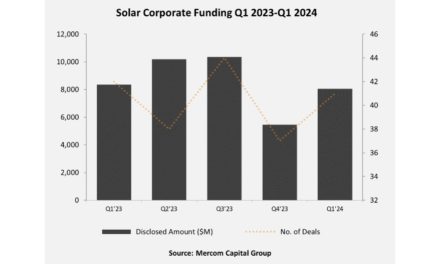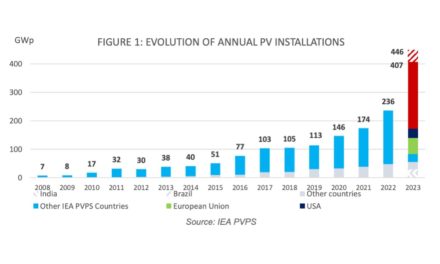- GEM’s new report shows ASEAN increased its operational utility-scale solar and wind energy capacity by 20% in 2023
- It needs to add only 10.7 GW more in addition to the 6.3 GW already under construction to meet the regional target of 35% renewable energy by 2025
- GEM calls this an unambitious target since the region has 220 GW of prospective utility-scale solar and wind capacity
The Association of Southeast Asian Nations (ASEAN) increased their operational utility-scale solar and wind energy capacity by 20% in 2023 to exceed 28 GW, led by Vietnam, according to the Global Energy Monitor (GEM).
Vietnam alone accounts for 19 GW of the total, followed by 3 GW each in Thailand and the Philippines, reads the GEM report titled A Race to the Top 2024: Southeast Asia.
The region needs to add only 10.7 GW of new utility-scale wind and solar projects on top of the 6.3 GW under construction currently to reach its regional goal of 35% installed renewables capacity by 2025, having reached 32% already. By 2025, it is set to bring online 23 GW new capacity, which means it will hit the target ahead of schedule.
However, GEM points out that there is potential for much more for ASEAN nations going by the combined 220 GW prospective capacity they have in the pipeline. It defines prospective projects as those announced, in pre-construction or under construction stage.
In terms of utility-scale solar projects of 20 MW and above, ASEAN currently has 18.82 GW of operational capacity comprising 13.03 GW in Vietnam, and another 4.16 GW under construction. Prospective projects add up to 72.15 GW of which 36.58 GW are in the Philippines.
For wind power projects of 10 MW and higher, Vietnam’s 6.46 GW takes the total operational to 9.39 GW, along with 150.21 GW prospective capacity.
The Philippines has 99 GW and Vietnam 86 GW of this 220 GW, placing them on 8th and 9th positions globally for the largest prospective capacity.
Nonetheless, only 3% of the prospective capacity is currently under construction in the region, which shows the region is capable of much more. Analysts believe the ASEAN region has 220 GW of prospective utility-scale solar and wind energy capacity in the pipeline, ensuring it is on track to easily meet its upcoming renewables commitments ahead of schedule. However, it is easier said than done since prospective capacity faces lack of progress in terms of construction activity.
One of the star markets of Vietnam, for instance, grew utility-scale solar by 12 GW from 2019 to 2021, but gaps in renewable energy policy have curtailed newer capacity.
The Philippines, on the other hand, is moving forward with a streamlined Green Energy Auction Program (GEAP). Yet grid integration is a challenge here considering its continued dependence on fossil fuels.
GEM analysts explain, “Furthermore, this relatively unambitious regional target allows countries with significant existing hydropower and renewable energy, like Laos, Cambodia, Malaysia, and Vietnam, where the average renewable energy mix stands at 58%, to compensate for countries that continue to rely heavily on fossil fuels, such as Indonesia with less than 15% renewable energy.”

GEM report shows Vietnam leads ASEAN region’s total operational utility-scale solar and power capacity with over 13 GW. (Photo Credit: Global Energy Monitor)
Mobilization of renewable energy investment for solar and wind capacity is undermined by fossil fuel infrastructure. At present, ASEAN has close to 30% of gas and coal power capacity each as part of its energy mix. Their use is likely to continue to meet rising energy demand, outpacing utility-scale solar and wind development in these countries. ASEAN nations are expected to be net importers of gas by 2025, according to the report.
Insufficient investment in reinforcing grid infrastructure is another impediment in integrating utility-scale solar and wind power into the national grids, points out GEM.
“With the world now aiming to triple renewables capacity by 2030, governments need to make it easier to bring wind and solar power online,” said GEM Researcher and Lead Author of the report, Janna Smith. “Switching to renewables now from coal and gas will save countries time and money on the path to a clean energy future.”
The GEM report delves into each of the individual ASEAN nations of Brunei, Cambodia, Indonesia, Laos, Malaysia, Myanmar, the Philippines, Singapore, Thailand, Vietnam, and the 11th member state in principle Timor Leste. It is available for free download on the GEM website.
An IRENA report from September 2022 pegged ASEAN’s solar PV installed capacity potential at 241 GW by 2030, thanks to the solar hotspots of Vietnam, Thailand, Sumatra, Nusa Tenggara in Indonesia and the Philippines (see SE Asia Can Save $160 Billion With Clean Energy).















